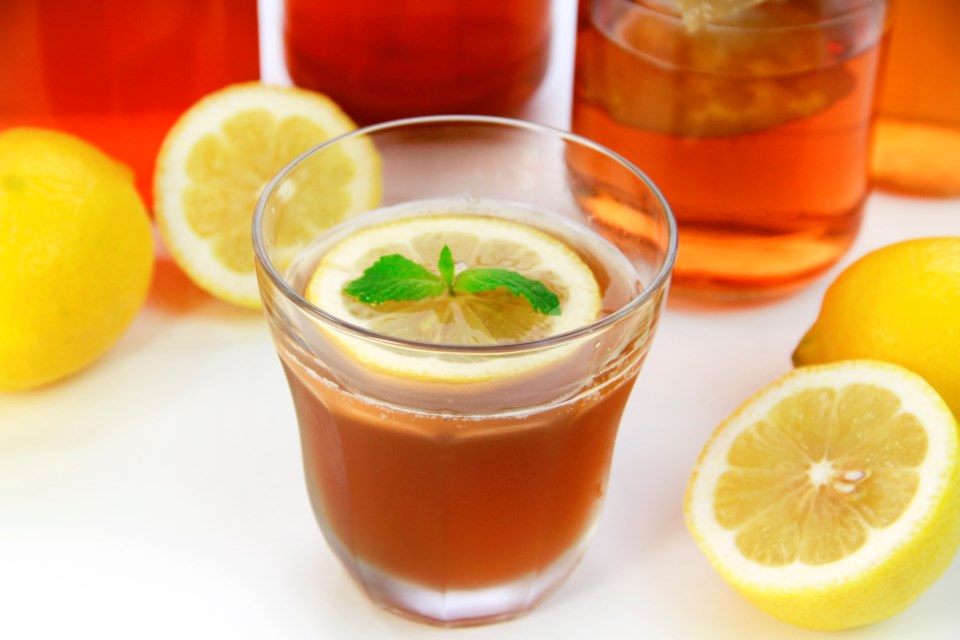You’ve seen it around, folks sipping on a bubbly drink that has what looks like brown snot at the bottom. It’s not snot, it’s kombucha, and people either love it or hate it.
It is definitely an acquired taste not everyone can get behind, like booty shorts or Brussels sprouts.
Now there are a few different stories on how kombucha came to be and where it started. What we know for sure it that it has been around for centuries, maybe even millennia.
Kombucha, not be mistaken with a seaweed tea also called kombucha in Japan, has been called by many different names throughout the centuries; Indian Tea Fungus, Gout Jelly-fish, Champagne of Life, just to name a few
Referred to by the Chinese as the “Tea of Immortality”, it was brewing in almost every household during the Cultural Revolution, but has since fallen out of the daily routine of the modern Chinese lifestyle.
Folklore has long held that kombucha has anti-aging properties and could even bring immortality.
It was observed that Genghis Khan carried a flask filled with a fermented vinegary beverage and the drink was very popular in Russia and Europe until the Second World War, when sugar and tea rationing made it hard to come by for the average family.
Betsy Pryor, author of the book Kombucha Phenomenon even compares kombucha to a werewolf, claiming that it is affected by the phases of the moon.
“The tea is sourest when the moon is full, and sweetest when the moon is waxing or waning,” she says. Ok Betsy, we’ll take your word for it, kombucha is the liquid version of a werewolf.
But what is it? Well, to put it simply, kombucha is a living drink. It is a ferment made by fermenting tea, sugar and the kombucha culture otherwise known as a SCOBY (symbiotic culture of bacteria and yeast). These wonderful bacteria and yeast work together to make a certain type of ferment. The sugar and the caffeine from the tea are what feed the SCOBY, so the end product has little to no caffeine or sugar.
Now you are probably thinking that the fermented tea and yeast would produce alcohol, and it does. However, the bacteria in the culture converts the alcohol to organic acids, so no, you won’t get drunk.
Unfortunately, despite the hype and what seems to be a lot of physical evidence and personal experiences with kombucha, there isn’t a lot of scientific research actually proving all the hype.
But given kombucha has been around for as long as it has makes me think there’s something to it. Also it’s delicious and makes my tummy feel better.
I say drink up and see for yourself.
Health Benefits
Digestion: High in probiotics which is great for your digestive system and overall health.
Body pH: Has an alkalizing effect on your body and helps balances your internal pH levels.
Skin: It can actually be put on topically to relieve symptoms of eczema.
Glucose: It helps to stabilize your blood sugar and prevents spiking of sugar after eating.
Vitamins: High in vitamin C, B-complex, amino acids and enzymes.
Many other benefits include, antibiotic, antiviral and antifungal effects and is believed to improve liver function and protect against stress. And let’s face it, we could all use a little less stress in our lives.
If you want to really want to get the full kombucha experience and reap the benefits of what is has to offer, you can make your own, fellow R.H.N. Andrea Potter of Rooted Nutrition offers awesome classes on how to brew your own and take care of your SCOBY.
Here’s a great kombucha recipe, courtesy of Wellness Mama.



